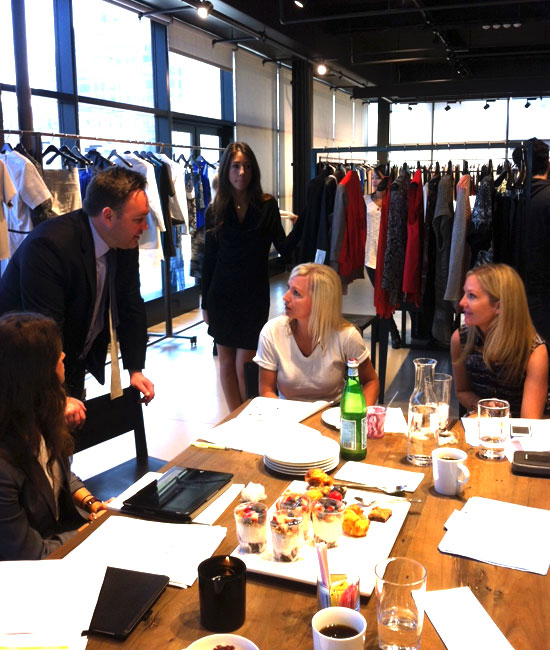
Craving orders from Bergdorf Goodman and Neiman Marcus, young designers celebrate selling in when they should be focused on selling through
When it comes to the business of fashion, maintaining a stable cash flow is a matter of the utmost importance. And though this might seem obvious to established brands, emerging labels often overlook the financial side of their enterprise. We’ve seen too many talented designers tanking where they could have thrived. Focused on offering wow-worthy styles and landing orders from famed stores, they fail to zero in on the hard data, which inevitably puts them in dire consequences.
Among the most neglected retail KPIs – the sell-through rate. It shows how much inventory shipped to the retailer was sold to the final consumer, and is one of the key indicators of your business’ health and potential longevity. The higher the sell-through, the better.
Achieving a high sell-through rate is tricky, but entirely possible. Especially if you acquire a well-rounded understanding of the retail buying process, learn to analyze your company’s performance, and master the art of adjusting your strategy in response to the ever-changing market needs.
The “why’s”
When it comes to placing orders for the season, retailers often avoid investing in the edgier garments or picking up a collection by an emerging designer, which certainly makes sense. By ordering items they know will sell, buyers are protecting their own businesses and attempting to maximize profits while optimizing the use of their store’s real estate, personnel and other resources. So ensuring high sell-through is your best bet at landing a deal with a new stockist and turning it into a lasting partnership.
The “how’s”
The key to an impressive sell-through lies in knowing your clients – both the retail store, and the customer who will actually buy and wear your garments. Therefore, the first thing you have to do is audit your collections to identify best-sellers. Then, take some time to learn about your potential stockist’s product mix, their target demographic and overall approach to marketing. That way you’ll be able to offer products that are relevant to the buyer’s needs, making them more likely to invest into your collection. Remember, if you try to push something outdated or mediocre just because you’ve got too much inventory on your hands, you’ll never build credibility for your brand.
Maintaining relationships
Since you, as a designer, and your retail partners are working towards the same goal – sell as much as possible while ensuring that the ultimate customer is happy – you’ve got to support your stockists in merchandising and marketing your line. Promotional events, exclusive offers and special advertising are effective forms of collaboration that help improve your sell-through rates. And though timely delivery, consistent product quality and open communication don’t directly contribute to higher sales, keeping up your end of the bargain will definitely strengthen your relationship with the buyers and pave way for more (and larger) orders in the future.

Designer appearances, in-store events, presentations and training to store staff are all great ways to drive sell through - Mary Katrantzou's luncheon at Neiman Marcus is a perfect example
Plan “B”
It might just happen that despite your best efforts, your sell-through rates will be lower than expected. In this case you might be struggling to maintain retailer accounts for future seasons. Don’t despair. Start with analyzing your sales reports to tweak your range in line with customers’ needs and improve your product offering. If you can afford it, negotiate a markdown allowance (covering the retailer’s losses when the goods go on sale) to move inventory. If the money is tight, try to arrange for a merchandise swap.
For a young fashion brand, signing a contract with a new retailing partner is certainly something worth celebrating. However, in the end, the label’s financial success stems not from selling in, but from selling through. So when buyers come back to order your collections season after season, you can be sure that your brand is in it for the long haul. And that is an enviable victory!
Related topic: Artane



About The Author: BridgeShowroom
Since 2011, BRIDGE SHOWROOM has been representing Europe's finest designers in America.
We are partners, linking together retailers and designers.
More posts by BridgeShowroom